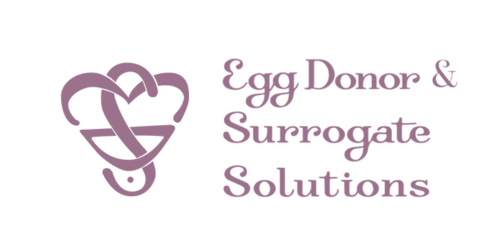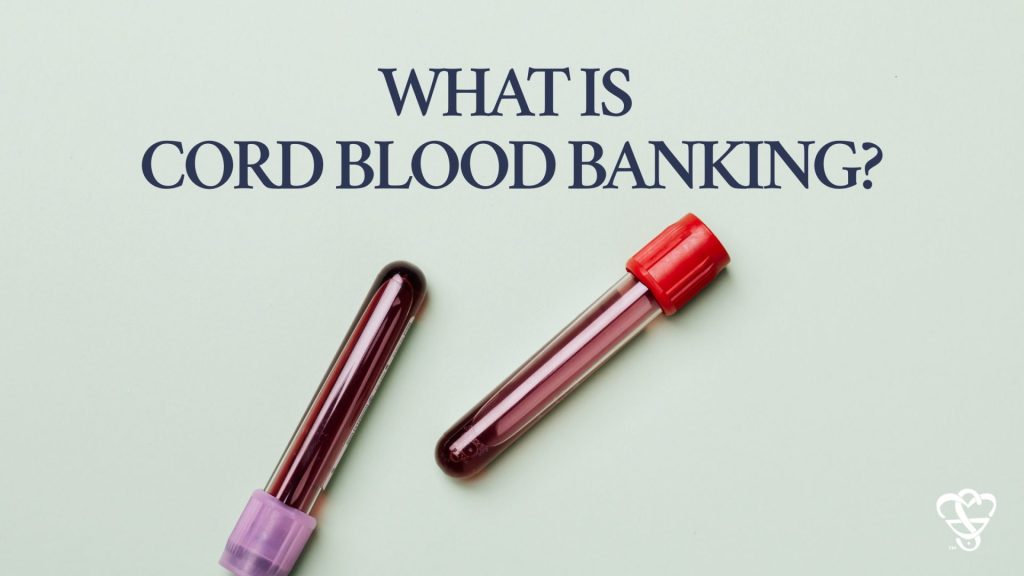Cord blood banking is the safe and painless process of collecting, processing, and storing the blood found in a newborn’s umbilical cord. After birth, whether delayed cord clamping is performed or not, a small amount of blood remains in the umbilical cord. This cord blood is a rich source of stem cells, which have the potential to develop into various types of cells and tissues, making them valuable in certain medical treatments.
Why is Cord Blood Important?
Cord blood contains hematopoietic stem cells (HSCs)—specialized cells that can develop into various types of blood and immune cells. These stem cells are currently used in the treatment of more than 80 conditions, including leukemia, lymphoma, and specific blood and immune system disorders. Their use in research and regenerative medicine continues to grow.
However, it’s important to understand the current medical context and limitations of cord blood banking.
ACOG Guidance on Cord Blood Banking
The American College of Obstetricians and Gynecologists (ACOG) provides the following key recommendations for families considering cord blood banking:
- Autologous (self) use of cord blood is limited: Umbilical cord blood collected from a newborn generally cannot be used to treat that same child’s genetic disease or malignancy, as the stored blood may carry the same genetic mutations or premalignant cells.
- Routine private banking is not universally recommended: ACOG states that routine collection and storage of cord blood with a private bank is not supported by current evidence.
- Use is currently limited to select conditions: The most common indications for cord blood transplants are rare and limited to certain genetic, hematologic, or malignant disorders.
- Private banking may be appropriate in specific cases: Private banking may be considered if there is a known medical condition in a family member that could benefit from a cord blood transplant.
- Public banking is generally encouraged: ACOG recommends public cord blood banking as a valuable societal contribution, especially as it increases access to matched units for individuals of all racial and ethnic backgrounds.
- Patients should be given balanced information: Healthcare providers are encouraged to share accurate, unbiased information about both public and private banking to help families make informed decisions.
- Collection should not interfere with medical care: Cord blood collection must not compromise obstetric or neonatal care, and should not alter the standard practice of delayed cord clamping unless directed donation is medically necessary.
- Collection may not always be possible: Certain circumstances during labor and delivery—or the medical condition of the mother or baby—may make cord blood collection inadequate or infeasible.
For more information and FAQs from ACOG, visit: ACOG Cord Blood Banking FAQs
How is Cord Blood Collected and Stored?
Cord blood is collected after the birth and cutting of the umbilical cord. The process is quick, painless, and poses no risk to the parent or infant. The collected cord blood is processed to concentrate and preserve the stem cells. A cryoprotectant is added, and the cells are frozen in storage bags—often divided into multiple compartments to allow flexibility in future use.
Public vs. Private Cord Blood Banking
- Public cord blood banking: Cord blood is donated and made available to patients in need of transplants. This is a free option that supports broader access to treatment and research.
- Private cord blood banking: Families pay to store their baby’s cord blood for their exclusive use. This may be a consideration for families with a history of certain medical conditions but is not routinely recommended for all families.
Choosing a Cord Blood Bank
For families considering private storage, it’s wise to compare services, costs, and processing methods among providers. Reputable companies to research include:
- Americord
- Cord Blood Registry (CBR)
- ViaCord
- Cryo-Cell International
Key factors to compare:
- Processing technology
- Accreditations (e.g., AABB, FDA registration)
- Storage methods (single vs. multi-compartment bags)
- Experience and transplant success rates
- Pricing and payment plans
Final Thoughts
Cord blood banking offers potential medical benefits and peace of mind, but it’s not a universal necessity. Families are encouraged to discuss the options with their healthcare provider, consider public donation when possible, and weigh the pros and cons of private storage. As the science evolves, so too may the opportunities for using stored stem cells—but for now, balanced and evidence-based information remains key to making the right choice for your family.

